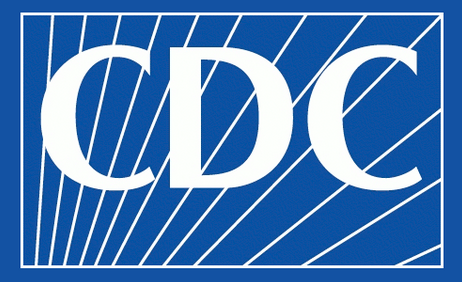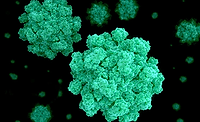A study published by the U.S. Centers for Disease Control and Prevention (CDC) this week states that wild salmon caught in Alaska could be infected with Japanese broad tapeworm--a parasite previously believed to only infect fish in Asia.
According to CDC’s study--Diphyllobothrium nihonkaiense Tapeworm Larvae in Salmon from North America--there are four Pacific salmon species that are known to carry Japanese tapeworm infections in humans--chum, masu, pink and sockeye.
Now, researchers have sounded the alarm that salmon caught anywhere along the Pacific coast of North America could be infected with Japanese broad tapeworm.
The risk of becoming infected with the Japanese tapeworm parasite is most prevalent when consuming raw or undercooked fish, particularly in dishes such as sushi, sashimi and ceviche. It is believed that globalization and cultural integration is causing the consumption of raw fish to spread the tapeworm to parts of the world that have been previously unaffected by its presence. According to CDC, the parasite can be destroyed when fish is adequately cooked or frozen.
CDC’s study appears in the February 2017 edition of the agency’s monthly journal Emerging Infectious Diseases.
Sign up for Food Safety Magazine’s bi-weekly emails!



